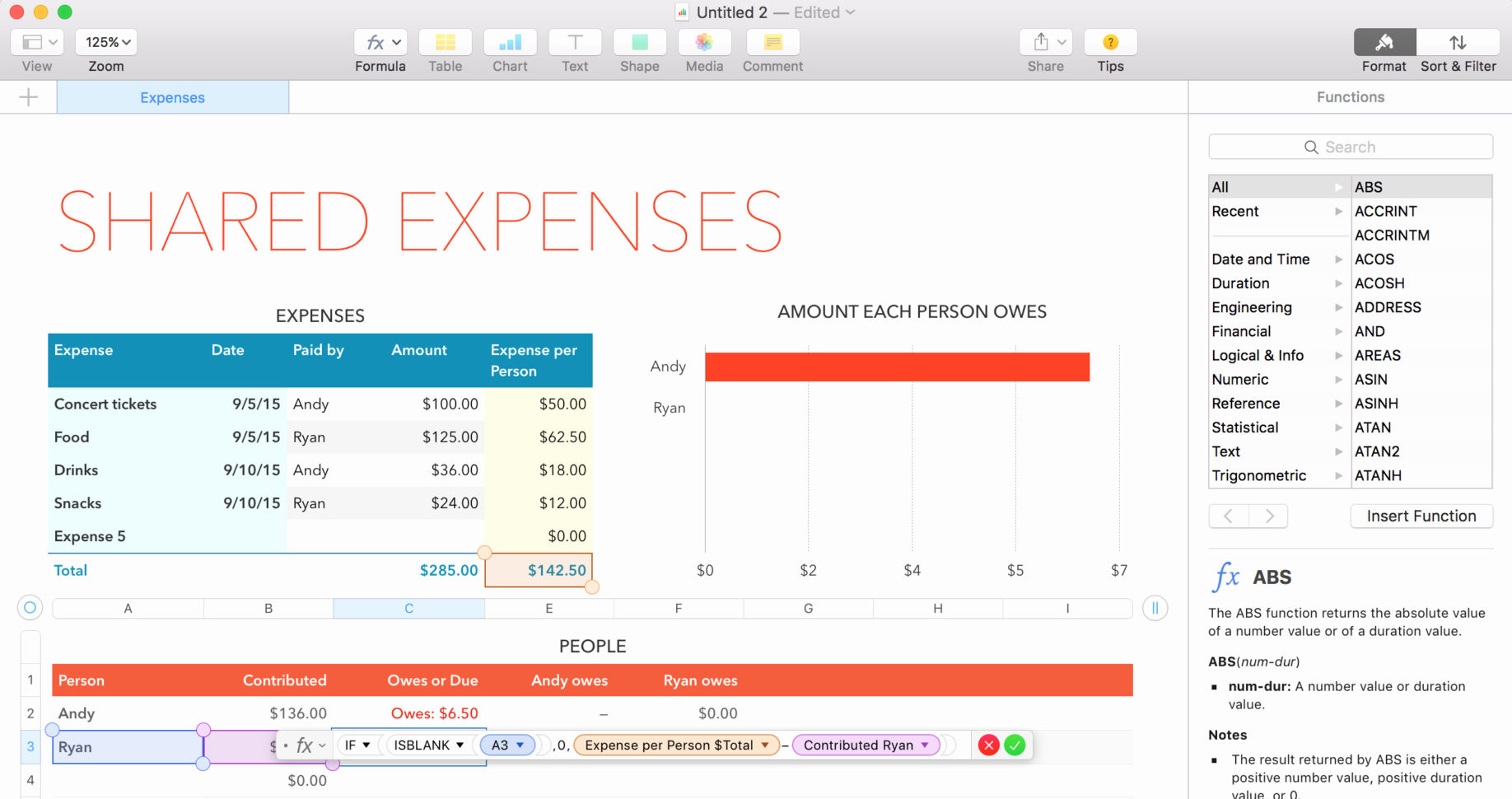

- #IS THERE ANYTHING LIKE EXCEL FOR MAC? HOW TO#
- #IS THERE ANYTHING LIKE EXCEL FOR MAC? INSTALL#
- #IS THERE ANYTHING LIKE EXCEL FOR MAC? MANUAL#

That means not just removing the app binaries themselves but hunting down all the other ‘junk’ files that Microsoft Office installs on your Mac.
#IS THERE ANYTHING LIKE EXCEL FOR MAC? MANUAL#
However, on a Mac, you have to do it the manual way. Good question! Microsoft offers an uninstall utility on Windows PCs that allows you to remove Office or any Office app with a few clicks. Why is it so difficult to uninstall Office?
#IS THERE ANYTHING LIKE EXCEL FOR MAC? INSTALL#
Subscriptions are annual, and there are several different tiers, each of which provides a different level of service concerning the number of devices you can install Office apps on. To use such apps, you can either subscribe to Office 365 on Microsoft's website and download the apps from there or download the individual apps from the Mac App Store and buy a subscription as an in-app purchase. Office is a suite of tools that comprises: Word, Excel, Powerpoint, Outlook, and OneDrive.
#IS THERE ANYTHING LIKE EXCEL FOR MAC? HOW TO#
However, uninstalling Office isn’t as easy as it should be, so here’s a step-by-step guide to show you how to uninstall every part of Microsoft Office. Lots of people install it, use it, then get so annoyed with it they uninstall it. It’s also one of the most unpopular – Mac users really do have a love/hate relationship with it. Microsoft Office has been one of the most popular suites of applications on the Mac for three decades. But to help you do it all by yourself, we’ve gathered our best ideas and solutions below.įeatures described in this article refer to the MacPaw site version of CleanMyMac X. In Calculation Options, ensure that Automatic is selected.So here's a tip for you: Download CleanMyMac to quickly solve some of the issues mentioned in this article. If automatic workbook calculation isn’t working, formulas won’t recalculate when you fill cells. Under Edit Options, check the Allow fill handle and cell drag-and-drop box. If you don’t see the fill handle, it might be hidden. When you fill down, the reference to A1 stays fixed but Excel changes the reference of B1, to B2 and B3. References with dollar signs ($) are called absolute references. A dollar sign forces Excel to keep pointing to A1 as you fill other cells. If this is the case, you'd enter a dollar sign ($) in the first reference: =SUM($A$1,B1). For example, let's say that you wanted the first reference, A1, to stay fixed and B1 to change as you drag the fill handle. Other times, you may not want the references to other cells to change. This means simply that when you fill the formula down, the references will change incrementally from A1, B1 to A2, B2 and so on, like this: For example let's say the first cell has this formula:Ī1 and B1 are relative references. That's why it's important to check the cell references of the first cell.Ĭell references are simply pointers to other cells. Sometimes filling works fine, and other times it doesn't work as you expect. First select the cell that has the formula you want to fill, then select the cells to the right of it, and then press Ctrl+R. You can also press Ctrl+R to fill the formula to the right in a row.

First select the cell that has the formula you want to fill, then select the cells underneath it, and then press Ctrl+D. You can also press Ctrl+D to fill the formula down in a column.


 0 kommentar(er)
0 kommentar(er)
